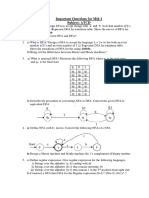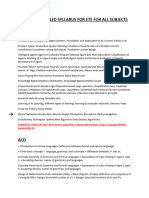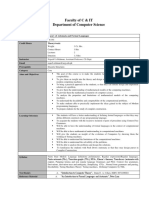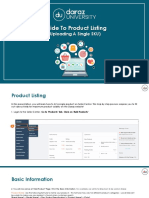0% found this document useful (0 votes)
23 views20 pagesPart-B - Toc
The document contains a list of important questions related to computer science topics such as automata theory, database management, and complexity theory, categorized into highly, medium, and low importance. It includes tasks like converting NDFA to DFA, constructing finite automata, explaining the role of finite automata in compiler design, and discussing various types of SQL joins. Additionally, it covers advanced concepts like NP-complete and NP-hard problems, triggers in DBMS, and the workings of pushdown automata.
Uploaded by
Arpan SinghCopyright
© © All Rights Reserved
We take content rights seriously. If you suspect this is your content, claim it here.
Available Formats
Download as PDF, TXT or read online on Scribd
0% found this document useful (0 votes)
23 views20 pagesPart-B - Toc
The document contains a list of important questions related to computer science topics such as automata theory, database management, and complexity theory, categorized into highly, medium, and low importance. It includes tasks like converting NDFA to DFA, constructing finite automata, explaining the role of finite automata in compiler design, and discussing various types of SQL joins. Additionally, it covers advanced concepts like NP-complete and NP-hard problems, triggers in DBMS, and the workings of pushdown automata.
Uploaded by
Arpan SinghCopyright
© © All Rights Reserved
We take content rights seriously. If you suspect this is your content, claim it here.
Available Formats
Download as PDF, TXT or read online on Scribd
/ 20




















































































